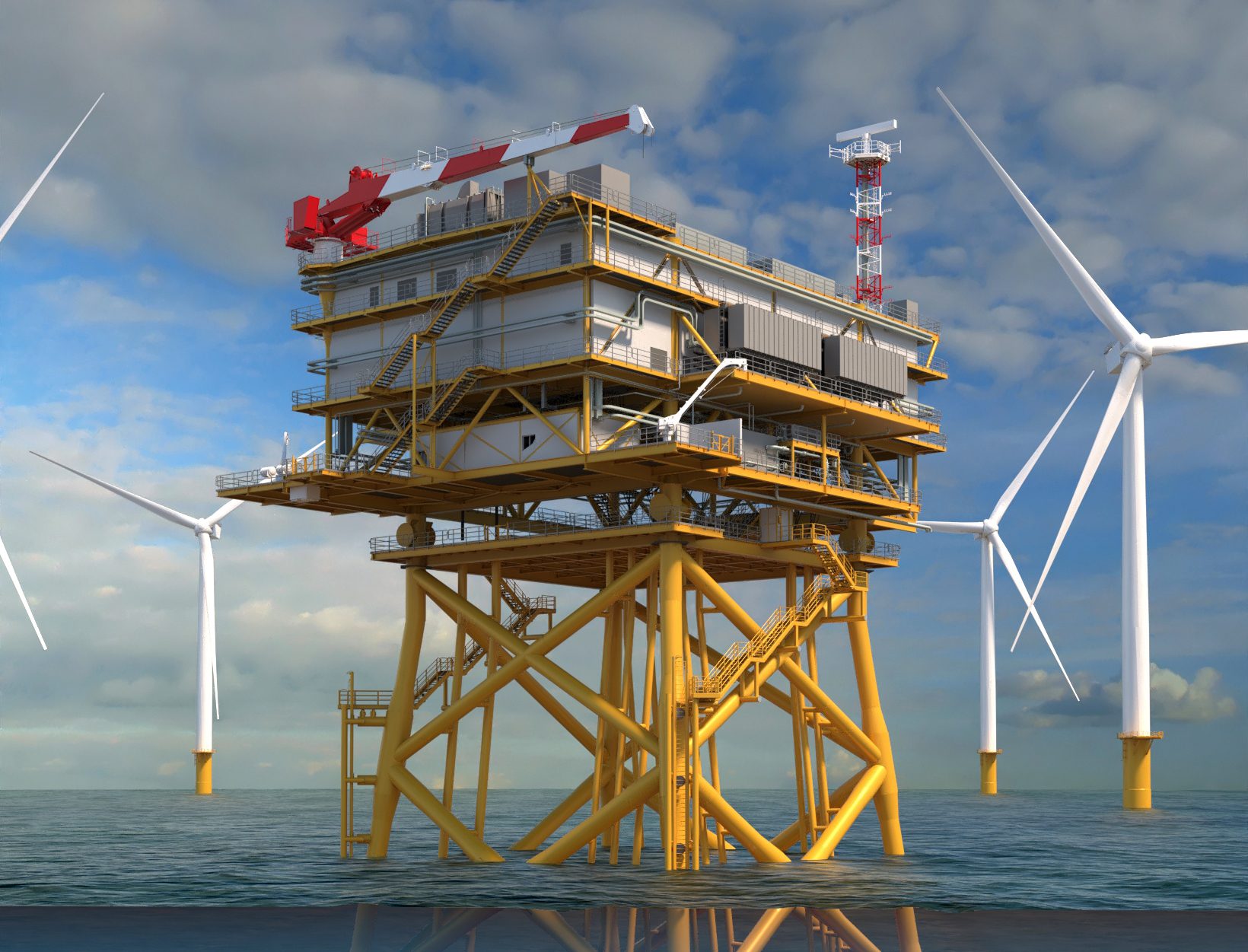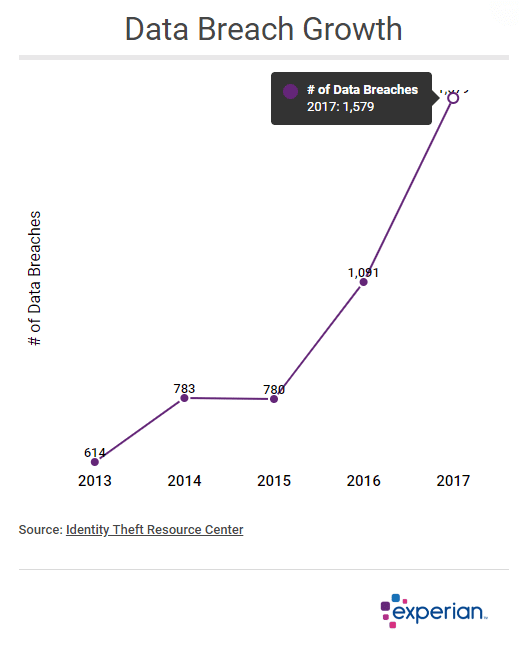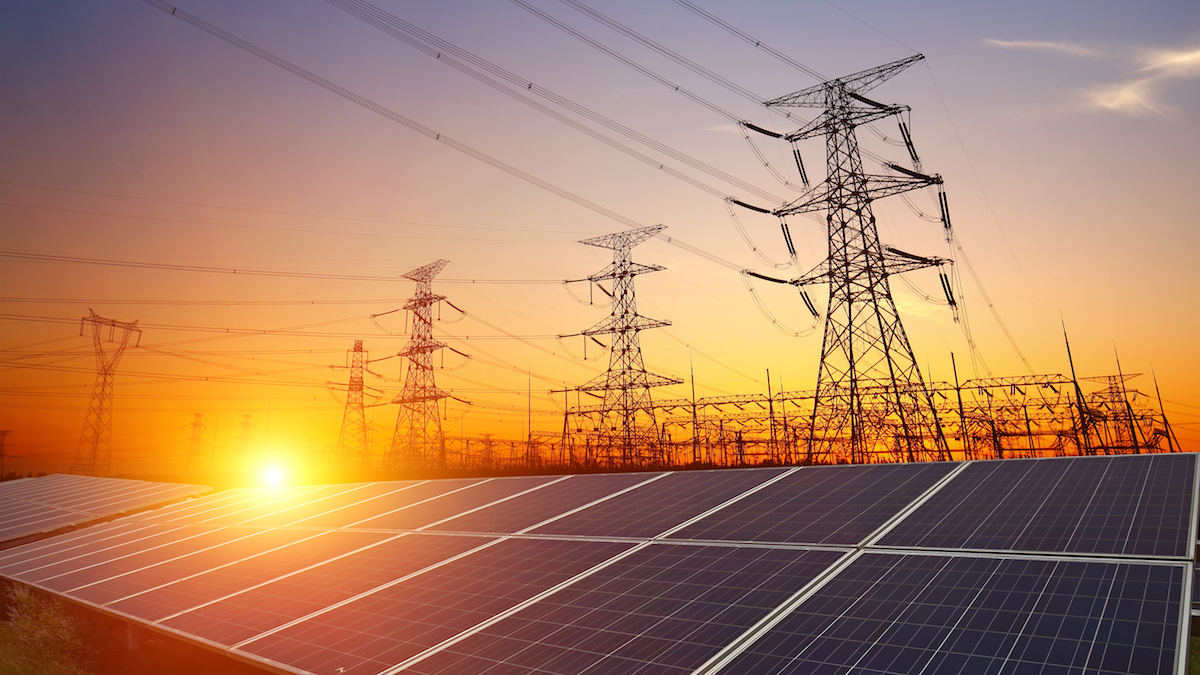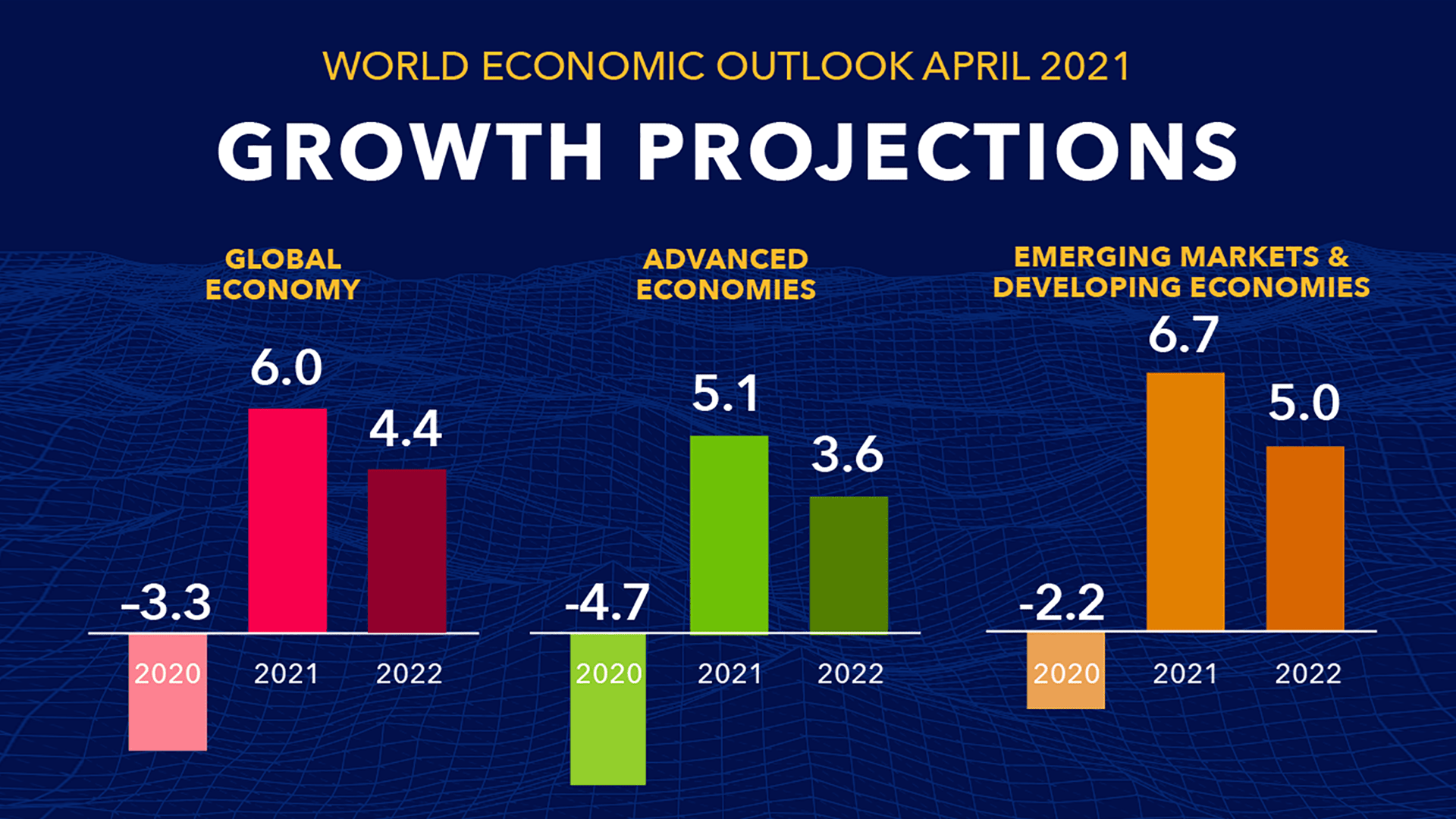Expensive Offshore Wind Farms: Are They Losing Their Appeal?

Table of Contents
Rising Construction and Maintenance Costs
The sheer scale of offshore wind farm development necessitates significant capital expenditure. Building these massive structures far out at sea presents unique and expensive logistical hurdles. The costs involved are substantial and continue to climb.
- High material costs: The price of steel, turbines, and underwater cables fluctuates significantly, impacting project budgets considerably. The ongoing global demand for these materials exacerbates the issue.
- Complex logistics and transportation: Transporting massive turbine components and other equipment to offshore locations requires specialized vessels and meticulous planning, adding considerably to the overall cost.
- Specialized skilled labor shortages: The specialized skills required for offshore wind farm construction and maintenance are in high demand, driving up labor costs and potentially delaying projects due to a lack of qualified personnel.
- Impact of inflation and supply chain disruptions: Global economic factors, such as inflation and supply chain bottlenecks, further inflate costs, making accurate budgeting and project forecasting exceptionally challenging for developers.
Environmental Concerns and Permitting Delays
While offshore wind energy is undeniably a cleaner alternative to fossil fuels, its development is not without environmental considerations. The lengthy permitting process adds further complexity and cost.
- Potential impacts on marine ecosystems: Noise pollution from construction activities and the potential disruption of marine habitats raise significant environmental concerns. Extensive environmental impact assessments are necessary, adding to project timelines and costs.
- Regulatory approvals and stakeholder consultations: Navigating the regulatory landscape, including securing necessary permits and engaging in extensive stakeholder consultations, often leads to substantial delays. This process can be protracted and unpredictable.
- Mitigation measures and their associated costs: Implementing measures to mitigate environmental impacts, such as noise reduction technologies or habitat restoration projects, adds significantly to the overall project expense.
- The role of public opinion and environmental activism: Public perception and potential opposition from environmental groups can further complicate the permitting process, potentially leading to legal challenges and delays.
Grid Integration Challenges and Transmission Costs
Integrating the substantial power generated by large-scale offshore wind farms into existing electricity grids presents a formidable engineering challenge.
- High voltage direct current (HVDC) transmission technology and its costs: HVDC technology is often necessary for efficient long-distance transmission from offshore wind farms, but it's a costly and complex solution.
- Upgrading onshore grid infrastructure: Existing onshore grid infrastructure may need significant upgrades to handle the influx of power from offshore wind farms, demanding further investment.
- Land acquisition challenges for onshore transmission infrastructure: Securing land rights for onshore transmission lines and substations can be a lengthy and politically charged process.
- Transmission loss and its impact on overall project efficiency: Energy losses during transmission reduce the overall efficiency and economic viability of the project. Minimizing these losses requires careful planning and investment in efficient transmission infrastructure.
Competition from Other Renewable Energy Sources
Offshore wind faces increasing competition from other renewable energy sources, particularly onshore wind and solar power, which often boast lower upfront costs.
- Lower capital costs of onshore wind and solar: Onshore wind and solar projects generally require lower capital investment compared to offshore wind farms, making them a more attractive option in certain circumstances.
- Technological advancements and efficiency improvements: Continuous technological advancements and efficiency improvements in solar and onshore wind technologies further enhance their cost-competitiveness.
- Government policies and support for different renewable energy sectors: Government policies and financial incentives can play a significant role in shaping the relative competitiveness of different renewable energy technologies.
- The role of energy storage technologies: The development of cost-effective energy storage technologies can mitigate the intermittency challenges associated with solar and wind power, further improving their appeal.
Potential Solutions and Future Outlook for Offshore Wind
Despite the challenges, offshore wind remains a crucial component of a sustainable energy future. Addressing the cost and logistical issues is paramount to unlocking its full potential.
- Development of larger, more efficient wind turbines: Larger turbines generate more power per unit, potentially lowering the cost per kilowatt-hour.
- Automation and digitalization to improve operational efficiency: Advanced automation and digitalization techniques can optimize operations and reduce maintenance costs.
- Research and development into new materials and construction techniques: Investing in research and development of new materials and construction methods can lead to cost reductions and improved efficiency.
- Exploring alternative financing strategies: Innovative financing models, such as green bonds or public-private partnerships, can help mitigate financial risks and make projects more attractive to investors.
Re-evaluating the Appeal of Expensive Offshore Wind Farms
The high costs associated with offshore wind farm development, coupled with environmental concerns, grid integration challenges, and competition from other renewables, present significant hurdles. However, offshore wind remains a vital source of clean energy with the potential to significantly contribute to a sustainable energy future. Addressing the cost and logistical issues through technological innovation, improved regulatory frameworks, and strategic investment is crucial. Further research into cost-effective solutions for offshore wind energy projects and continued discussion on the viability of this crucial renewable energy source are essential steps towards a greener future. Let's work together to ensure that expensive offshore wind farms become a more viable and appealing option, contributing to a cleaner and more sustainable energy landscape.

Featured Posts
-
 Could Boris Johnson Be The Tories Savior
May 03, 2025
Could Boris Johnson Be The Tories Savior
May 03, 2025 -
 Offshore Wind Farms Economic Challenges And Future Outlook
May 03, 2025
Offshore Wind Farms Economic Challenges And Future Outlook
May 03, 2025 -
 T Mobile Data Breaches Result In 16 Million Fine A Comprehensive Overview
May 03, 2025
T Mobile Data Breaches Result In 16 Million Fine A Comprehensive Overview
May 03, 2025 -
 Harnessing The Wind The Future Of Eco Friendly Train Travel
May 03, 2025
Harnessing The Wind The Future Of Eco Friendly Train Travel
May 03, 2025 -
 Rolls Royce Confirms 2025 Projections Tariff Impact Manageable
May 03, 2025
Rolls Royce Confirms 2025 Projections Tariff Impact Manageable
May 03, 2025
